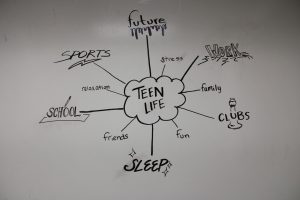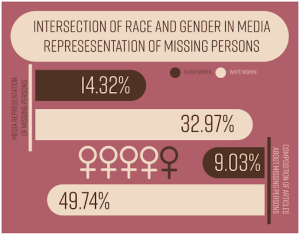As Italy Falls, Populism Builds
September 9, 2019
“It feel like just globally, we’re very divided,” Faith Vigil, a social studies and AVID teacher, said.
And there’s no better example of this feeling of division than within Italy’s government. Italy’s democratic republic has had a long and turbulent reign, coping with streams of refugees, intense conflict among political parties, and all the responsibilities of running a country. It was a mere seventy-four years ago when Italy’s monarchy was overthrown and replaced with a democratic republic, a change that rocked the country.
Later, in the 1990s, Italy was overwhelmed by the effects of the Yugoslavia Wars, when an influx of refugees and major scandal among political parties caused the government to bring the “First Republic” to a sharp close. Though the resulting “Second Republic” had new regulations for political parties were instituted, the refugee crisis of the 1990s remained a concern because the EU’s open border policy allowed more refugees to enter Italy freely. As a result, a strong sense of nationalism became prevalent, breeding unease that came to a head this year.
Matteo Salvini, the interior minister of Italy, was elected in May of 2018 and has made it a point to oppose immigration, initiating the closure of Italy’s ports to migrants at one point. Salvini, also the leader of far-right political group The League, has seen his popularity among Italian citizens double as a result.
Vigil explains that, “Oftentimes when you have this kind of open border, take everybody and take care of others mentality,…citizens of that country feel slighted, which gives rise to that populist movement.”
With nearly 80% of Italians consistently voting and getting politically involved, citizens possess the power to change their government based on their opinions, and they are increasingly supporting Matteo Salvini.
However, Salvini’s popularity comes at the expense of another political party, the Five Star Movement, with whom the League forms a governing populist coalition. The widening chasm between these two groups has been a continual cause for concern over the past fourteen months. That is, until Tuesday, August 20, 2019.
On Tuesday, the Italian government digressed from vaguely unstable to a state of actual collapse. The source of devolution was Salvini’s call for a non-confidence vote, an action that labeled the prime minister, Giuseppe Conte, as ineffective and precipitate an early election. Salvini’s move put him in a position to become Italy’s next prime minister and form a far-right government to support him.
As to be expected from such a bold move, fierce conflict erupted among the government, reaching a climax when Conte resigned angrily from his position. Then lacking a prime minister and a united parliamentary coalition, the remaining government turned to their president, Sergio Mattarella, to piece them back together. Mattarella had two main options: he could call for an early election or attempt to form a new coalition that could take power back in parliament. His deadline was one week from then, on August 27, 2019.
Rather than simply call for an early election and allow Salvini to nab more power over the government, Mattarella spent the week deep in discussion with various political parties, working with them to attempt a new coalition.
Finally, after an agonizing seven days without a functioning government, Mattarella announced a new coalition, between the Five Star Movement and the center-left Democratic Party. The coalition was tentative at best, as the two parties have a history of opposing one another. With this new coalition, the government asked Conte to return to his post as prime minister, which he accepted as of last week.
The dramatic collapse and recovery of Italy’s government came as a result of multiple issues. Financial pressure, refugee issues, and a divisive government led it to disaster and continually pushes the people towards siding with populist politics. Here, Vigil draws the parallels between Italy and the U.S, pointing out that President Trump’s campaign.
“Make America Great Again, that’s a populist movement.” She continued, “If you look at Great Britain, for example, with Boris Johnson, [he’s] also very much a populist leader.”
The rise of populist movements around the world -particularly in first world countries- could be an indication of a change in priorities and perspective of people on a global scale. Populist movements target and appeal to the general population, and often foster nationalism. Nationalism that in some cases can lead to dangerous movements.
For now, the Italian government is stable, though nationalism continues to build. And though previously described as a puppet prime minister, Giuseppe Conte now seems to be taking the lead, working to repair the distinctly divided Italian government and build it up to ideals he was once accused of undermining. But with competing forces rampant among the government, will Italy be able to rebuild and find a way out of the financial and political hole they’ve fallen into?







